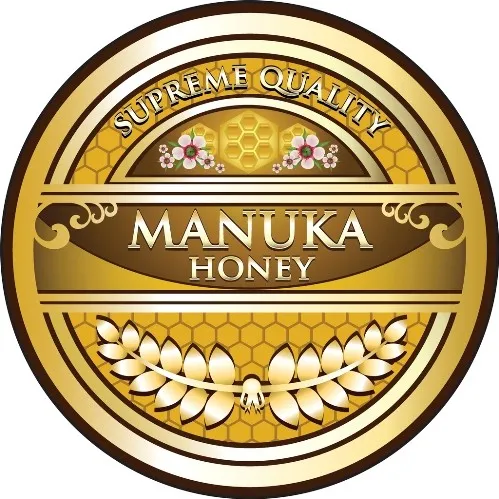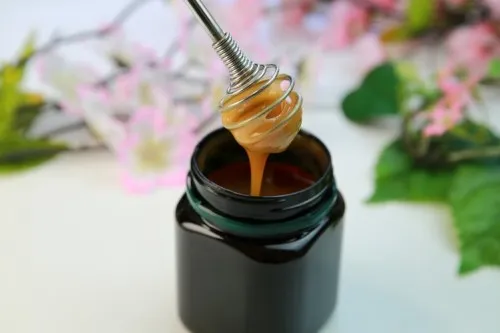What is honey manuka and why he is the most powerful natural antibiotic? What honey manuka is different from other types of honey? Learn about honey manuka, including against what health problems it helps.

In 1981 researchers from the New Zealand University Wike found that honey manuka contain more enzymes than ordinary honey. Manuka honey is derived from two species of trees that grow freely only in New Zealand and southeastern Australia . Honey Manuka differs from other types of honey and has earned a high reputation for its numerous health benefits.
Honey Manuka has really strong flavor, slightly bitter taste and texture is a bit oily . Some people confuse honey manuka honey from canuca who also produced only in Australia, but from a different tree.
Honey Manuka has a dark color, while honey from canuca is colored pale yellow and has a delicate, slightly aromatic and sweet taste.
What honey manuka differs from other types of honey?
Honey has been used as a treatment since ancient times. In the late 19th century, scientists discovered that honey has natural antibacterial properties . In other words - each honey prevents the harm that bacteria cause. Some honeys also stimulate the production of specific cells that can restore damaged tissue from infection. Honey has anti-inflammatory action, which quickly relieves pain and inflammation after administration.Not all honey, however, are the same. Antibacterial quality of honey depends on its type, as well as factors such as when and how to collect honey. Some honeys may be 100 times more potent than others. Hydrogen peroxide is a component that occurs in most types of copper and which is due to the antibacterial properties of honey.
The honey is manuka contains not only hydrogen peroxide but also other components with antibacterial properties. Another such component is metilklioksalat (MG) , which occurs in most types of copper, but typically only in small amounts. Honey Manuka however, contains large amounts of methylglyoxal.
The greater concentration of methylglyoxal (MG) is in the honey, the more strongly antibiotic action it has.
How to tell if the honey manuka is true?
Real manuka honey must be certified by UMF (Unique Manuka Factor), which corresponds to the concentration of methylglyoxal in manuka honey.
Not all manuka honey antibacterial contain significant levels.
To be a Manuka Honey powerful enough, it needs a minimum rating of UMF 10 (although meeting UMF 5, but this is unsatisfactory).
Manuka Honey, UMF labeled with between 10 and 15 is useful, but UMF over 16 is considered the highest quality.

Nutrients in honey manuka
The honey manuka contains many useful nutrients including B vitamins (B6, thiamine, niacin, riboflavin, pantothenic acid), iron, magnesium, manganese, phosphorus, potassium, sodium, zinc . It is important to know that the concentration of these nutrients in honey manuka is four times greater than ordinary honey.

As already mentioned, honey manuka may be useful for digestive problems. It acts positively even in acne and eczema, in staphylococcal infections (even resistant), in burns and wounds, in caries, for sore throats, allergies and sinusitis, insomnia. Honey manuka can be used as a beauty product , as well as the overall strengthening of immunity.
Тhe only downside of manuka honey is its high price.
source : dieti.rozali.com